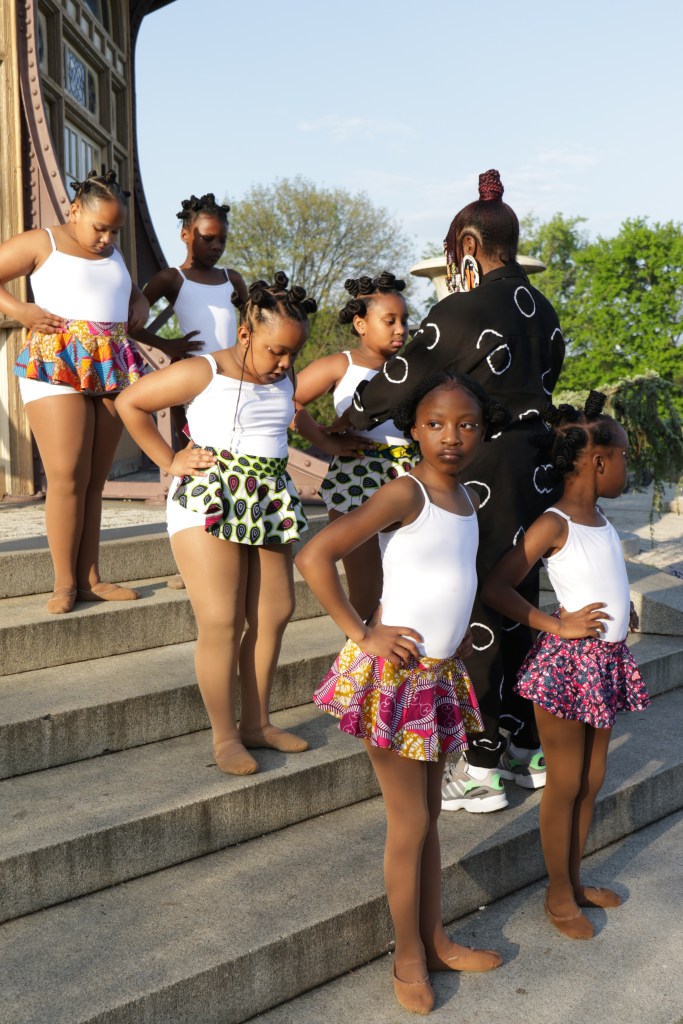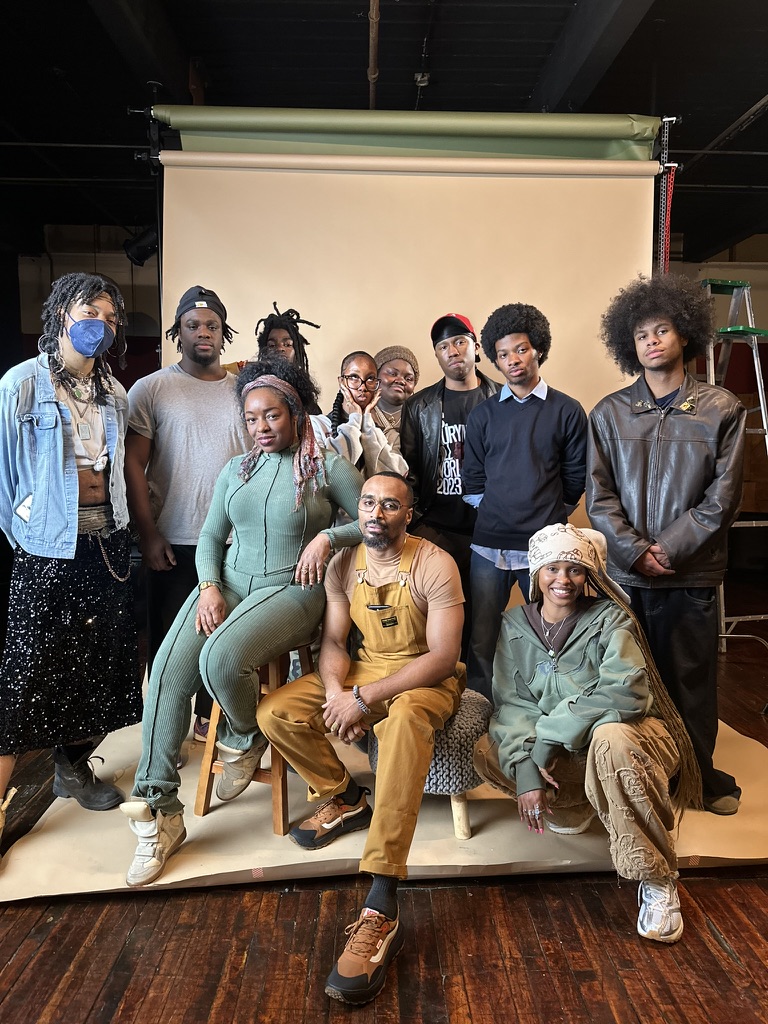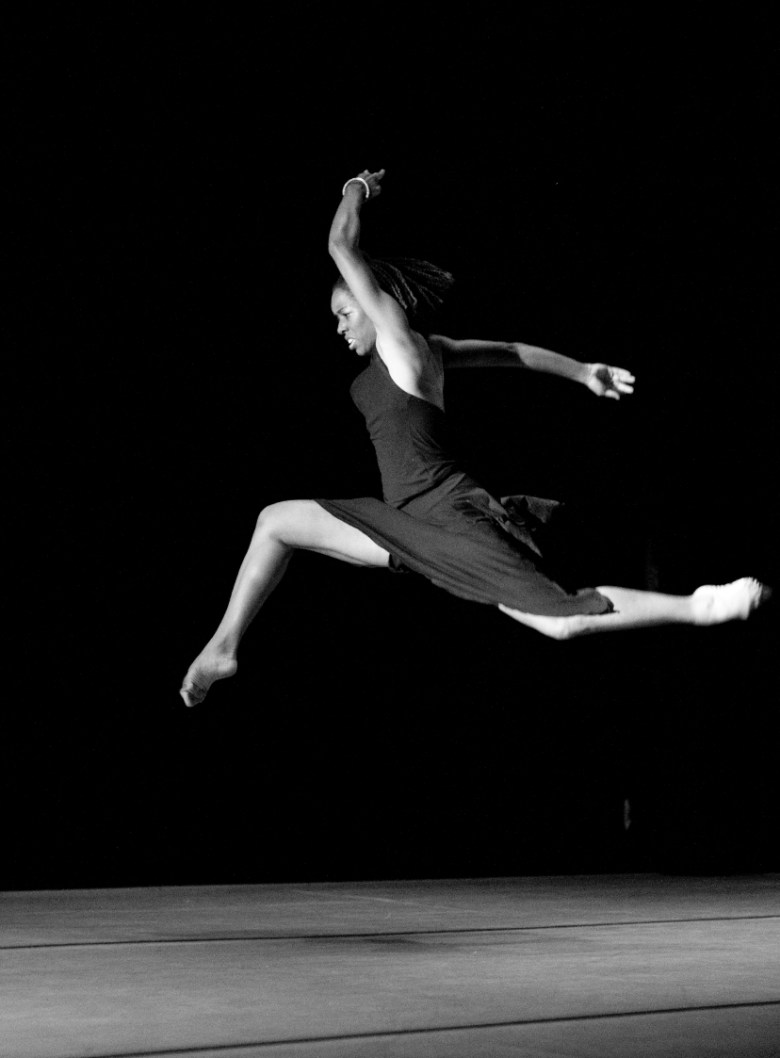In 1964, composer, pianist, and jazz royalty Duke Ellington was interviewed by Byng Whitteker for the CBC, who asked him where he gets all his ideas. Ellington responded, “Oh, man, I got a million dreams. That’s all I do is dream all the time.” His interviewer quips, “I thought you played the piano.” “No!” Ellington emphatically corrects him while turning his attention to the keys, “This is not the piano! This is dreaming!” and proceeds to improvise the most eloquent composition. When he finishes, he reaffirms his initial claim, “That’s dreaming.”
Dreamers walk a different path, a courageous journey with all the heights and pitfalls that come with any disciplined pursuit to manifest a vision. Not all dreamers are masters, but master dreamers are always world builders—they make whole what others only contemplate but rarely pursue. Master dreamers cultivate possibility for themselves and their communities and are a blessing to the world.
Her journey has been serendipitous and serpentine. However, her passion for art and how it can support young people’s affirming self-actualization continues to reinvigorate her commitment to the work. It is hard, often thankless work, but it is the work she is eternally devoted to, like many master dreamers before her.
Sharayna Ashanti Christmas is a master dreamer. For over 20 years, she has dedicated herself to supporting the development of young visual and performance artists in DC, Baltimore, NJ, NY, Philadelphia, South Carolina, New Orleans, and abroad in Brixton, London, the Dominican Republic, and Ghana. Her journey has been serendipitous and serpentine. However, her passion for art and how it can support young people’s affirming self-actualization continues to reinvigorate her commitment to the work. It is hard, often thankless work, but it is the work she is eternally devoted to, like many master dreamers before her.
“I refer to myself as a cultural worker rather than solely an artist or educator because the term carries a deliberate political weight.” Christmas shared with this writer. “Toni Cade Bambara reminds us that “the role of the artist is to make the revolution irresistible,” and it’s in that spirit that I locate my practice. Cultural work, for me, is an expansive and international framework—one that holds my work as a dancer, filmmaker, educator, and activist in a shared commitment to transformation, imagination, and liberation.”
From the ages of 3-18, Christmas’s métier was dance. She learned to cultivate her skills as a dancer by training with teachers at the esteemed institution, Dance Theater of Harlem. There she learned discipline, a body memory, and intensity that has stayed with her years after retiring from dance. Genius walks the streets of Harlem. Watching the productions of Ulysses Dove, and taking modern dance classes with Ailey dancers, Christmas learned the power of movement to encapsulate Black memory; the body as an archive continues to inform much of her research. Studying the techniques of Dr. Pearl Primus and Katherine Dunham became her north star. Those women and scholars like Dr. Marimba Ani, as well as other creative masters exemplified an unflinching embrace of the power attained when you activate knowledge of self. Guided by their practices of love, Christmas learned the communally healing power of art.

“When I started dance, I wanted to be more like Ailey,” Christmas continued, “He collaborated with Langston Hughes, Nina Simone, Duke Ellington, and Alice Coltrane. That’s powerful! Ailey created a space for himself and his body. Revelations is his story of being from the rural South in Texas. He talked about that when others were embarrassed to be from the South. So, I wanted to do that.”
After 15 years of daily training, a grueling regimen to tone dancers’ bodies for the rigor and strain required for professional ballet, she stopped. It was abrupt. She felt it was time. She was rebelling against respectability, which ironically steered her toward convention. You need money to live and survive in New York. She made much of it, working a short stint as a Financial Analyst at the New York Stock Exchange on Wall Street. Disheartened by the culture of that institution, she quit. It had always been dance that inspired her, after all. Her body remembered. You never forget what transforms you.
She moved to Baltimore to pursue her studies at Morgan State University and graduated in 2002. A year later, she founded her own dance company, Rayn Fall Dance Studio, where she served as the Director and Lead Choreographer, teaching children ages 3-18, ballet and modern. For many years, those classes occurred at the Druid Hill YMCA and later moved to Eubie Blake National Jazz Institute and Cultural Center, before sunsetting in 2022. Under the nonprofit Muse-360, she founded other culture-focused, youth-led initiatives, including New Generation Scholars (2007), New Generation Scholars Youth Scholar Abroad Project and Intergenerational Institute (2007-present), NGS Open Community Classroom: Learning Our Way (2024), and NGS Young Artist Archival Fellowship (2024), in partnership with AfroArchives.
All of the initiatives under Muse 360 envision their role as a “center of radical transformative youth development rooted in pursuing culturally centered, critical thought, and creation in the world.” The project’s Christmas stewards are co-led with youth participants. Each is recognized as a scholar and encouraged to activate their knowledge of self to make their mark on the world. Each year, a village of artists, curators, writers, and academics is invited to mentor participating youth, lead lectures, and consult with them about their careers. I was among the cadre of powerful culture workers invited to teach this past Spring. This powerful work encourages young people to stretch their imaginations and use their creativity for good in the world. In a city that is too often presented as a murder capital but rarely uplifted as a bastion for creative genius, the work that Muse 360 models is critical to the inspiration of new generations.
This Summer, New Generation Scholars will curate a Black Femme Freedom School, which Christmas describes as a “space of radical possibility rooted in Black Feminist Thought and the legacy of Freedom Schools.”
This Summer, New Generation Scholars will curate a Black Femme Freedom School, which Christmas describes as a “space of radical possibility rooted in Black Feminist Thought and the legacy of Freedom Schools.” Co-visioned by Spelman rising Junior, Naima Starr and centering education as a tool for liberation, the program invites young scholars to develop practical skills that promote agency, self-empowerment, and the realization of a positive path forward for their future selves.
Christmas has spent her career being clear about her calling. Working on behalf of future possibility and teaching the next generation how to realize their dreams is the most radical, reverent, and revolutionary work anyone could ever pursue. Like all master dreamers, Christmas has no shortage of vision. Her latest research initiative, The Black Women Cultural Workers Archives Project (BWCWA), co-visioned with Dr. Nadejda I. Webb seeks to recognize unsung cultural workers in and beyond the region. The thread that strengthens all of her life’s work is her unyielding commitment to love.
“Toni Morrison said, love is a bench. That’s what I’m really trying to create,” Christmas explained. “I’m creating a bench so that the next generation can feel supported… It’s the ways in which we want to build our institutions, and our intentions are really centered on love… I believe that the ritual of reverence is a way for us to collectively come together. The work that I’m doing is intimate and intense. We can look at all of the gaps and the pitfalls for why an organization didn’t work… but, what really matters at the end of the day is how are we supporting one another? How are we building solidarity? How are we honoring our ancestors and how are we honoring ourselves?”
In an era where tyrants are emboldened and educators are shunned for expanding the perspectives of the next generation, it is a courageous act to stand tall and unabashedly advocate for justice rather than cower in the face of others’ woeful ignorance. When I asked her if she had any concerns about the future sustainability of this work, personally and more broadly for other educators and cultural workers, she didn’t hesitate to give an affirming response.
And that’s why I’m trying to plant seeds within these young people. And I’m trying to shout to the hills, ‘Let’s provide reverence to one another! Let’s care for one another!’ Because that’s what is going to truly sustain us.”
Sharayna Ashanti Christmas
“That’s a good question. I do have concerns, but because I’ve been doing it for over 20 years, I’ve had to let go of the idea that everything is supposed to be the way that I imagine it and just allow evolution to take shape. And that’s why I’m trying to plant seeds within these young people. And I’m trying to shout to the hills, ‘Let’s provide reverence to one another! Let’s care for one another!’ Because that’s what is going to truly sustain us.”


